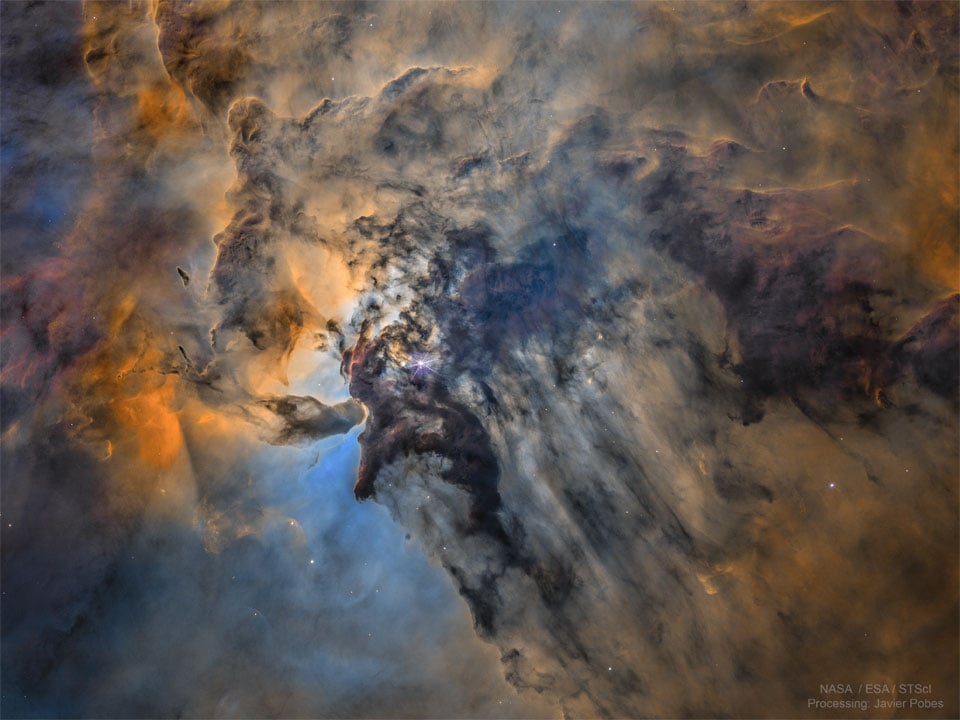306
you are viewing a single comment's thread
view the rest of the comments
view the rest of the comments
this post was submitted on 12 Aug 2024
306 points (96.4% liked)
[Dormant] moved to !space@mander.xyz
10405 readers
2 users here now
This community is dormant, please find us at !space@mander.xyz
You can find the original sidebar contents below:
Rules
- Be respectful and inclusive.
- No harassment, hate speech, or trolling.
- Engage in constructive discussions.
- Share relevant content.
- Follow guidelines and moderators' instructions.
- Use appropriate language and tone.
- Report violations.
- Foster a continuous learning environment.
Picture of the Day
 The Busy Center of the Lagoon Nebula
The Busy Center of the Lagoon Nebula
Related Communities
🔭 Science
🌌 Art and Photography
Other Cool Links
founded 2 years ago
MODERATORS
SpaceX have since published a second statement confirming that there was a typo in the report, and stating that the mercury concentration is below detectable levels in most cases: https://x.com/SpaceX/status/1823378186836889699
Expand for tweet contents:
So, pretty much what you surmised.